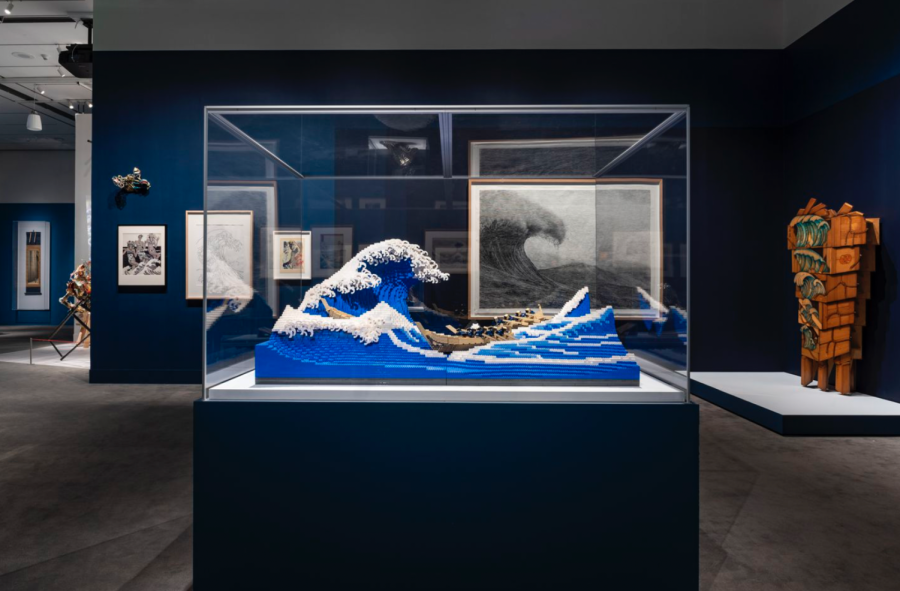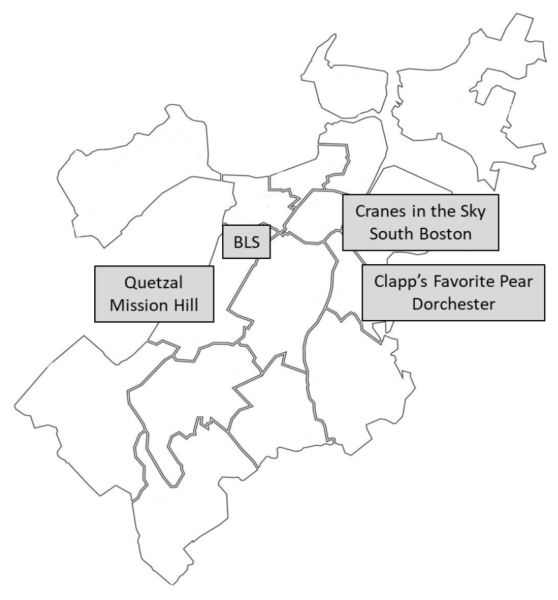East Meets West: MFA’s Hokusai Exhibit
From March 26 to July 16, visitors of the Museum of Fine Arts (MFA) can visit the exhibit Hokusai: Inspiration and Influence, which showcases Katsushika Hokusai’s impact on the history of art.
People around the world recognize Hokusai’s iconic woodblock print The Great Wave. Many, however, do not know that his influence is entwined within the art community: he was a source of inspiration for artists such as Claude Monet and Vincent Van Gogh. The exhibit aims to highlight his impact on art during and beyond his time.
Including a multitude of styles, time periods and artwork from artists across the world, the exhibit displays pieces from both Hokusai and those inspired by him. It contains over 200 pieces of various mediums ranging from block printing to manga.
Hokusai lived from 1760 to 1849 during the Japanese Edo era. In his early career, he studied with Katsukawa Shunsho, who was a leader in the Ukiyo-e genre of art, meaning “art of the floating world.” Under Shunsho’s mentorship, Hokusai was able to develop a strong set of fundamental techniques for the style, utilized in his artwork along with techniques from western artists.
“I personally believe his work has a timeless quality to it,” comments BLS art teacher Ms. Elizabeth Walshak. “His style is simultaneously historical yet fresh and remains relevant to today’s visual culture.”
Hokusai’s masterpiece, Under The Great Wave off Kanagawa, otherwise known as The Great Wave, was considered a commercial success in his lifetime. The scene depicts three boats with sailors about to be engulfed by towering waves. The use of jagged lines adds terror to the scene. While the waves of the sea can be viewed as a metaphor of helplessness and being overwhelmed, a glimpse of Mount Fuji in the background symbolizes hope.
“The contrast of the cobalt blue, the white caps of the waves [and] the white at the top of the distant Mt. Fuji […] make this image a dynamic imitation of the power of nature,” adds BLS visual arts teacher Mr. Joseph Carrigg.
A key technique Hokusai brought over from western artistry is perspective drawing. Contrary to the customary eastern art techniques, Hokusai’s paintings use exaggerated vanishing points to converge lines to one direction, something frequently seen in Italian Renaissance art.
Although Hokusai drew inspiration from western art, Hokusai himself was an inspiration to western artists. Pieces inspired by Hokusai’s nature prints include Claude Monet’s painting The Water Lily Pond, which is showcased in the exhibit.







